Visiting Can Tho City Museum, my colleague Trieu Vinh gave me the book Ancient Houses in Can Tho City - introducing 16 ancient architectural works, mainly built in the late 19th - early 20th centuries, still standing tall in the heart of Tay Do, despite war, time and the whirlwind of urbanization..., those hundreds of years old works still retain the beauty of time...
Located on Bui Huu Nghia Street, Binh Thuy Ward, Binh Thuy District, Can Tho City, the ancient house of a Duong family (also known as Binh Thuy ancient house) built in 1870 is a familiar tourist destination, attracting many visitors from inside and outside the city to visit for many years.

Passing through the main gate on the street is the side gate inside, designed like a welcome gate with ancient Asian architecture, including 4 round columns: 2 wooden, 2 cement. The system of rafters, batten, and crossbars is made of wood, the roof is covered with tubular tiles, and the roof edge is made of green enamel.
The gate is also decorated with many cement patterns and motifs such as goldfish, unicorns, vases, etc. The front and back of the side gate have 2 boards, one is in Chinese characters "Phuoc An Hieu" and the other is in Vietnamese "Phu Tho Ho Duong". The yard of Binh Thuy ancient house is quite large, the yard alone is paved with 40 x 40cm tiles and planted with all kinds of ornamental plants such as areca, pine, fern, money tree (Dracaena), Thai porcelain, and cow's udder tree. In particular, in the left corner of the yard is planted a Mexican cactus "Kim Lang Tru", which first bloomed in 2005.

In the middle of the yard is a rockery about 4m high, located in a fish pond, both for decoration and as a screen for the main house. In the right corner of the yard is the area of the shrine to the local god and a cool house with fish scale tiles. The house has a symmetrical layout. Horizontally, the house has 5 rooms - 22m wide. In depth, the house has 3 layers: the front house, the middle house and the back house with a depth of 16m. From the yard, visitors can enter the main house area through 4 directions of stairs. Two stairs in the two outer rooms and two arc-shaped stairs arranged on both sides, leading to the large hall in the middle room. The floor is 1m higher than the garden, with a green stone curb. According to the folk experience of the Southern people, during the construction process, the owner of the house poured a layer of salt about 10cm thick before laying the floor with flower tiles. This method helps repel insects, bring ventilation, and avoid evil spirits according to feng shui.  The house is surrounded by brick walls bonded with lime mortar. The roof is covered with 3 layers of tiles: 2 lower layers in the shape of a trough, one layer dipped in white lime powder and the top layer using tubular tiles. This design creates a feeling of a high ceiling, more airy and bright, while keeping the house cool in the tropical climate of the South. At the front of the building, visitors can clearly feel the Western-inspired decoration, including column heads in the Greek-Roman style; cement-embossed motifs such as flowers, leaves, squirrels, bunches of grapes, etc. and the shutter system typical of French buildings in Vietnam to suit the local climate.
The house is surrounded by brick walls bonded with lime mortar. The roof is covered with 3 layers of tiles: 2 lower layers in the shape of a trough, one layer dipped in white lime powder and the top layer using tubular tiles. This design creates a feeling of a high ceiling, more airy and bright, while keeping the house cool in the tropical climate of the South. At the front of the building, visitors can clearly feel the Western-inspired decoration, including column heads in the Greek-Roman style; cement-embossed motifs such as flowers, leaves, squirrels, bunches of grapes, etc. and the shutter system typical of French buildings in Vietnam to suit the local climate.
 The house is surrounded by brick walls bonded with lime mortar. The roof is covered with 3 layers of tiles: 2 lower layers in the shape of a trough, one layer dipped in white lime powder and the top layer using tubular tiles. This design creates a feeling of a high ceiling, more airy and bright, while keeping the house cool in the tropical climate of the South. At the front of the building, visitors can clearly feel the Western-inspired decoration, including column heads in the Greek-Roman style; cement-embossed motifs such as flowers, leaves, squirrels, bunches of grapes, etc. and the shutter system typical of French buildings in Vietnam to suit the local climate.
The house is surrounded by brick walls bonded with lime mortar. The roof is covered with 3 layers of tiles: 2 lower layers in the shape of a trough, one layer dipped in white lime powder and the top layer using tubular tiles. This design creates a feeling of a high ceiling, more airy and bright, while keeping the house cool in the tropical climate of the South. At the front of the building, visitors can clearly feel the Western-inspired decoration, including column heads in the Greek-Roman style; cement-embossed motifs such as flowers, leaves, squirrels, bunches of grapes, etc. and the shutter system typical of French buildings in Vietnam to suit the local climate. 
Separating the front house from the middle house is a row of elaborately carved pillars and triple columns with familiar images of Vietnam and the South such as: apricot, orchid, chrysanthemum, bamboo, lotus, bird, pine, peacock, bat, rabbit, shrimp, crab, bitter melon, grapes... Surrounding are compartments in many shapes such as square, rectangular, hexagonal, also meticulously carved, highly aesthetic. The back house is basically the same as the front house, being the place to receive female guests and the family's private activities. The house still preserves many antique furniture such as altars, tables, chairs, cabinets, beds...; especially the wooden salon set crafted in the LOUIS XV style, placed in the middle room of the front house. The living room is designed in classic European style with a French Louis XV sofa set, classic chandeliers made of white vine... It is known that Binh Thuy ancient house was the setting for many films such as: Horizon there, Hundred-knot bamboo tree, Poor family, Beautiful person of Tay Do, Debt of life, Alluvial roads... and especially the famous film "The lover" by French director Jean Jacques Annaud.
Heritage Magazine


![[Photo] Nhan Dan Newspaper Youth Union visits Vietnam Military History Museum](https://vstatic.vietnam.vn/vietnam/resource/IMAGE/2025/3/25/374e4f70a35146928ecd4a5293b25af0)
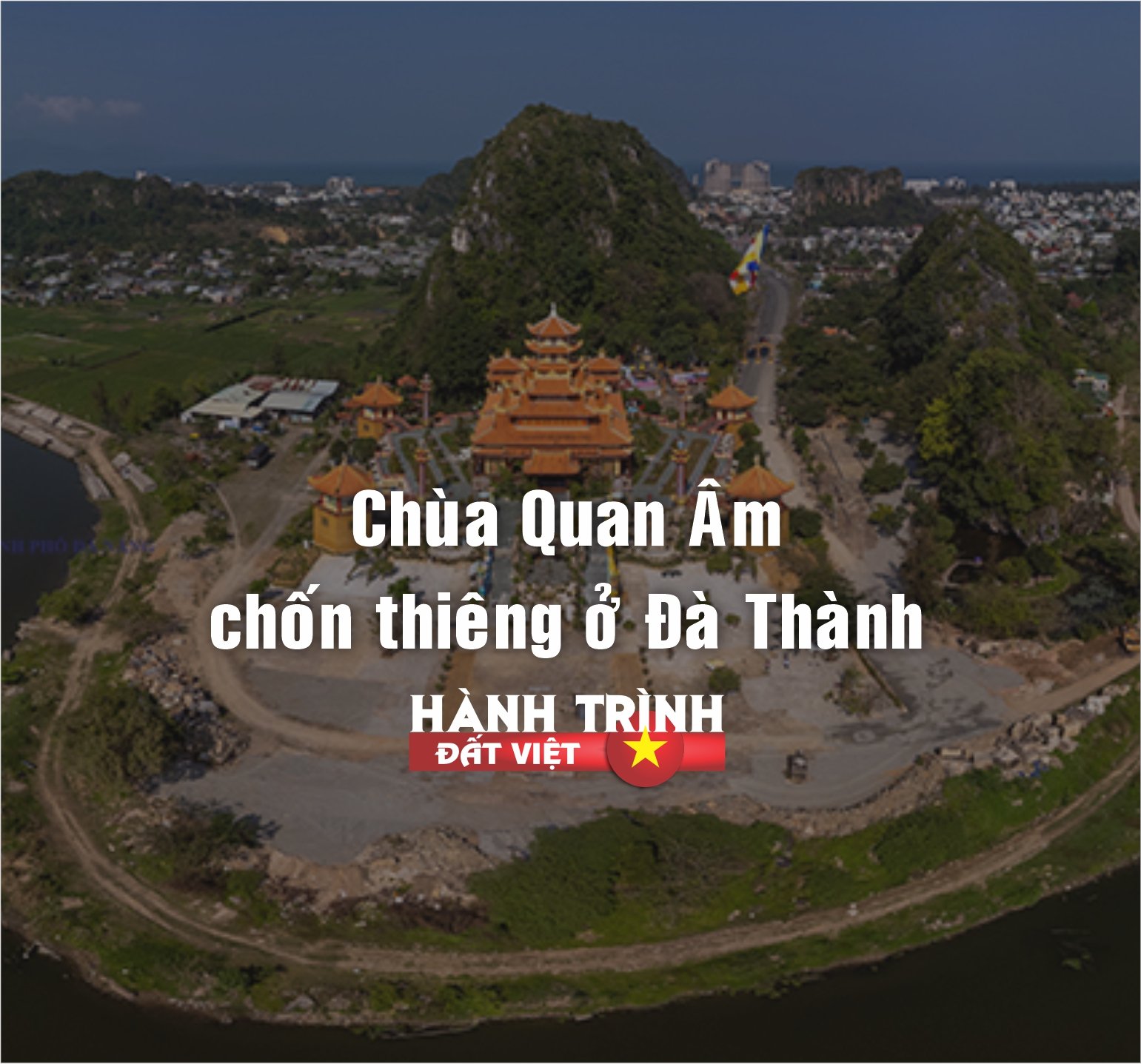
![[Photo] Head of the Central Propaganda and Mass Mobilization Commission Nguyen Trong Nghia received the delegation of Nhan Dan Daily](https://vstatic.vietnam.vn/vietnam/resource/IMAGE/2025/3/25/cdb71275aa7542b082ec36b3819cfb5c)
![[Photo] Prime Minister Pham Minh Chinh meets with the Ministry of Education and Training; Ministry of Health on the draft project to be submitted to the Politburo](https://vstatic.vietnam.vn/vietnam/resource/IMAGE/2025/3/25/c0e5c7348ced423db06166df08ffbe54)


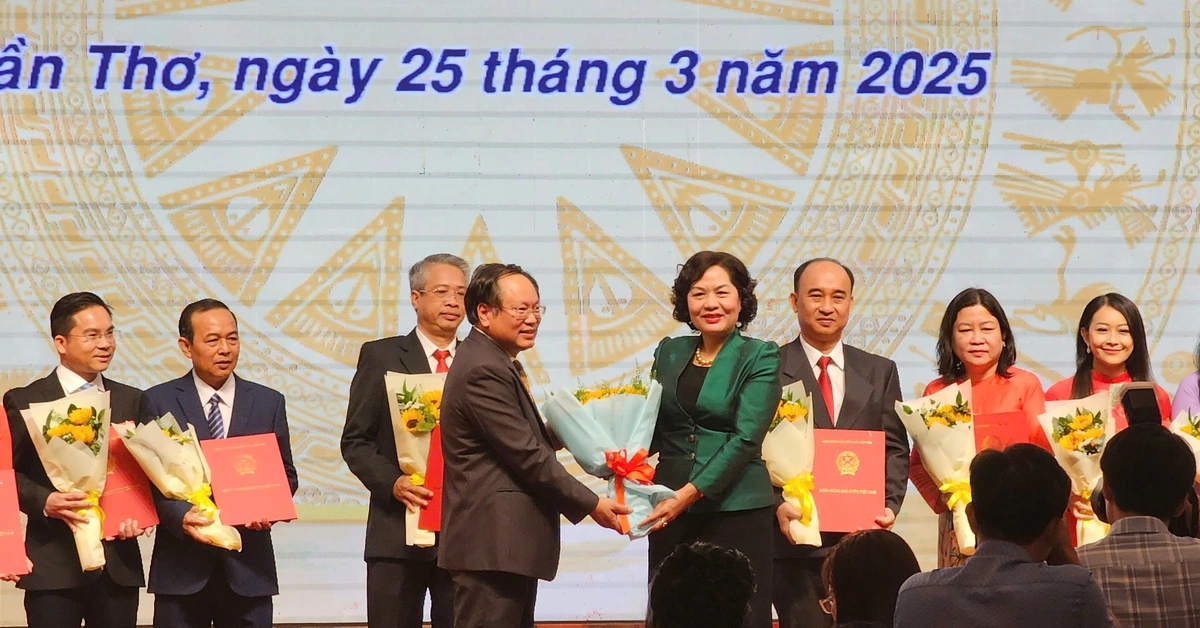

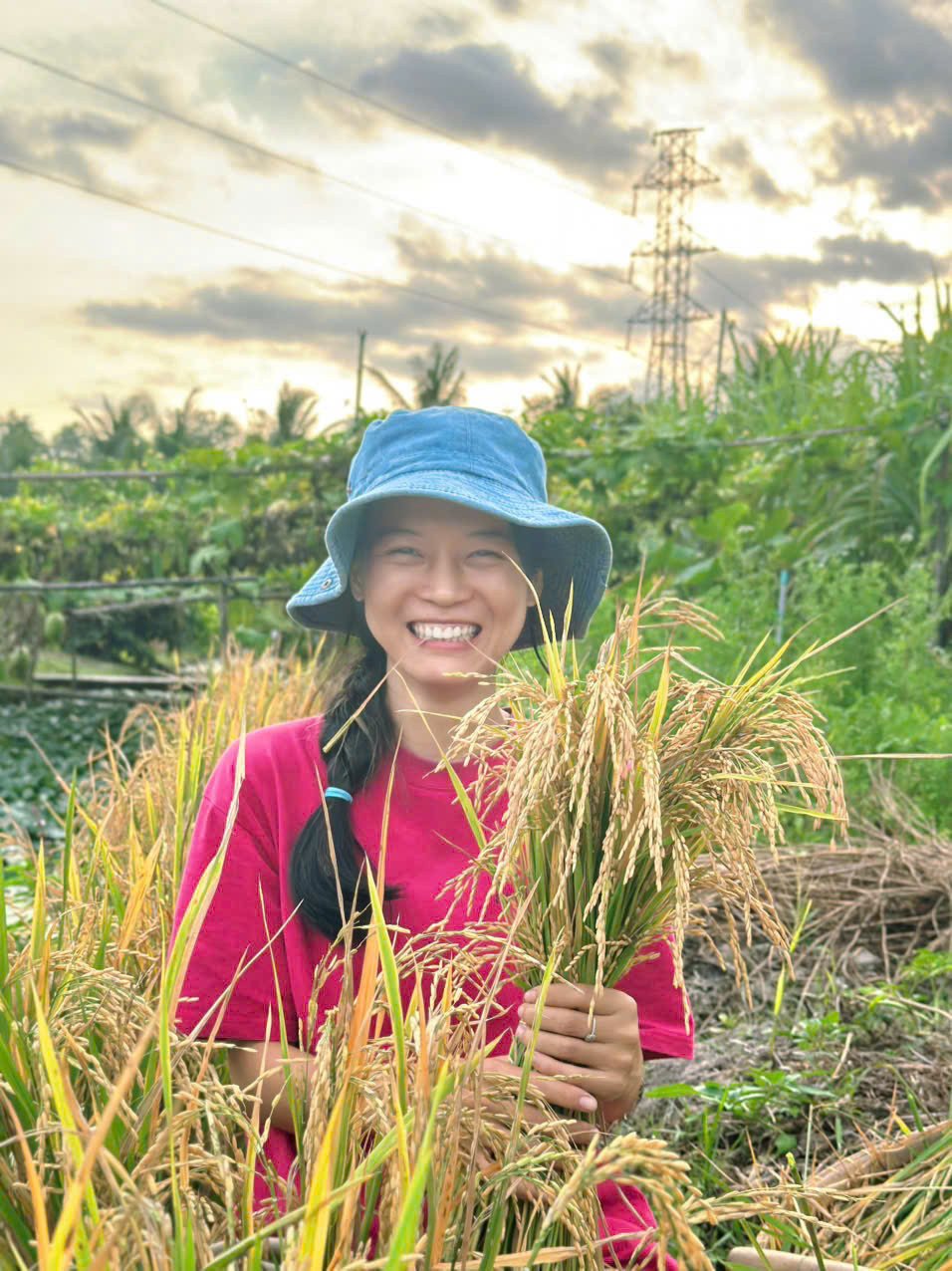

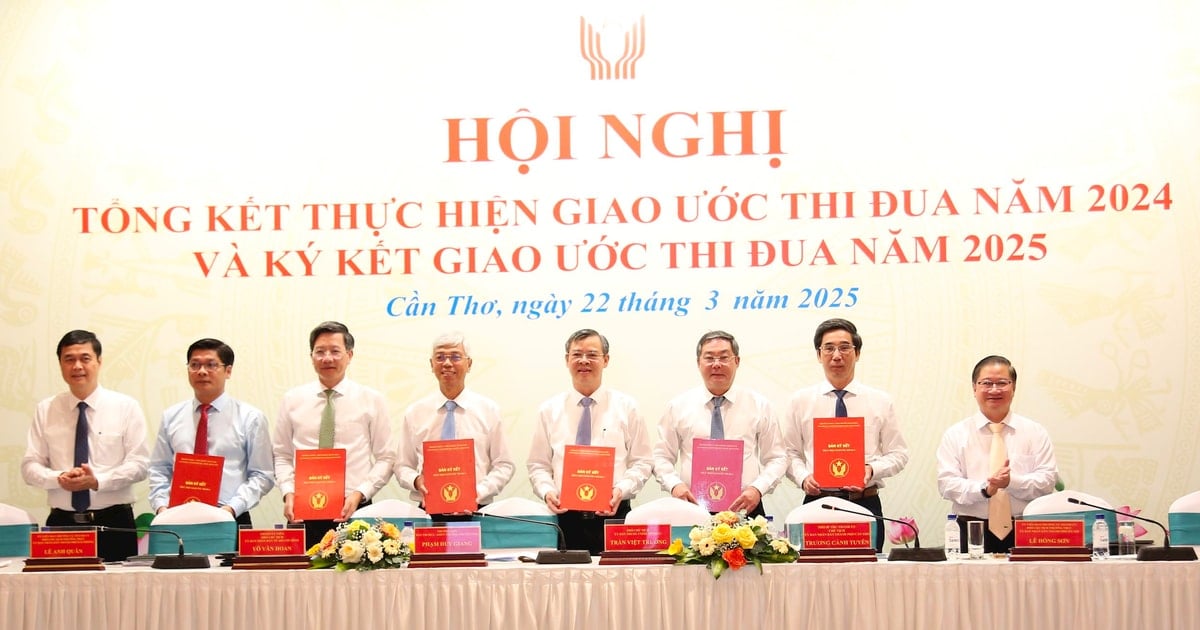






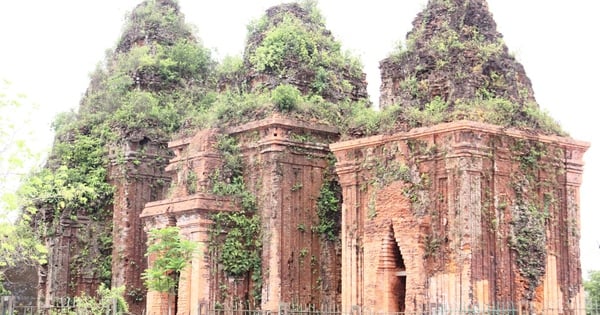

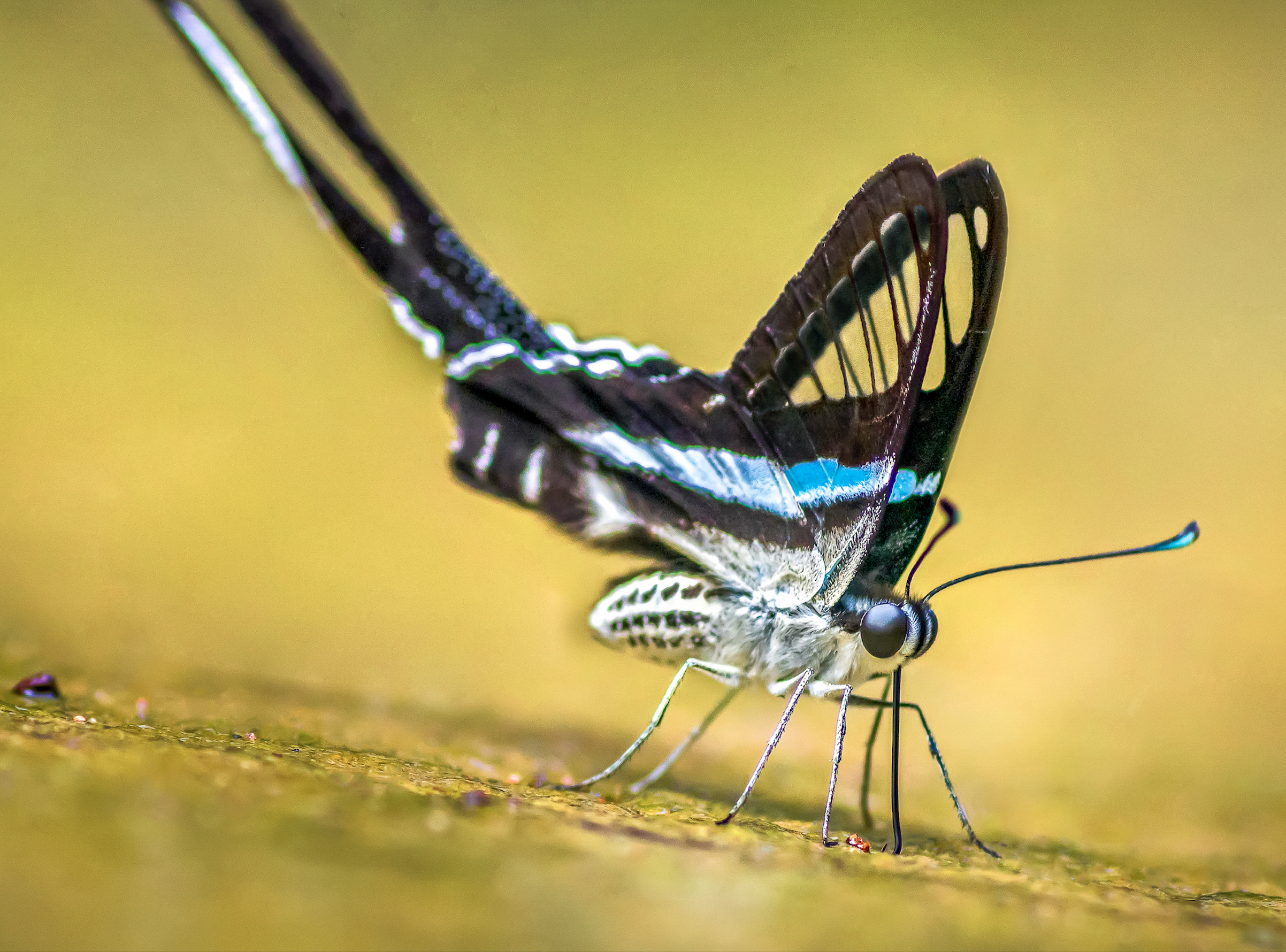


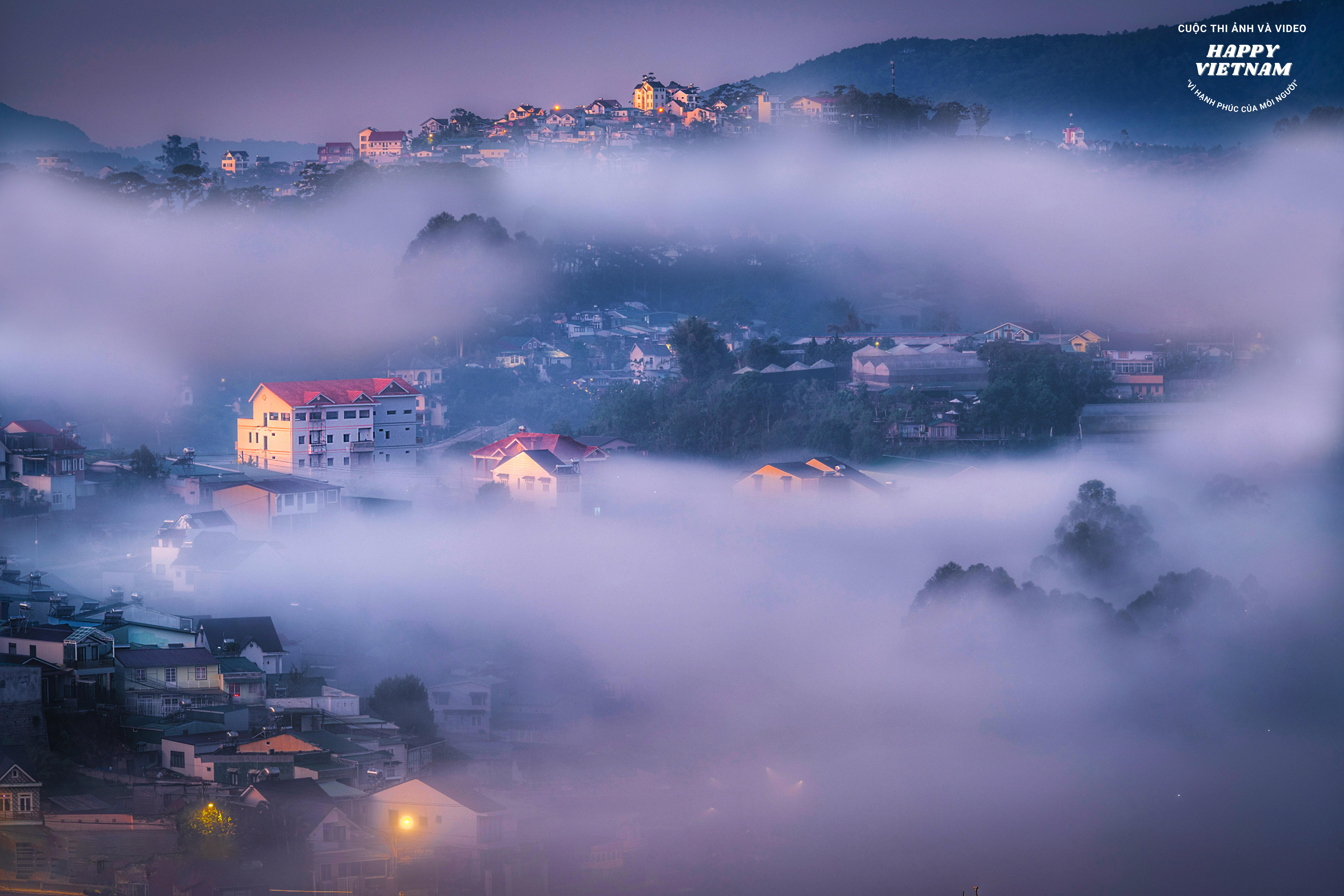



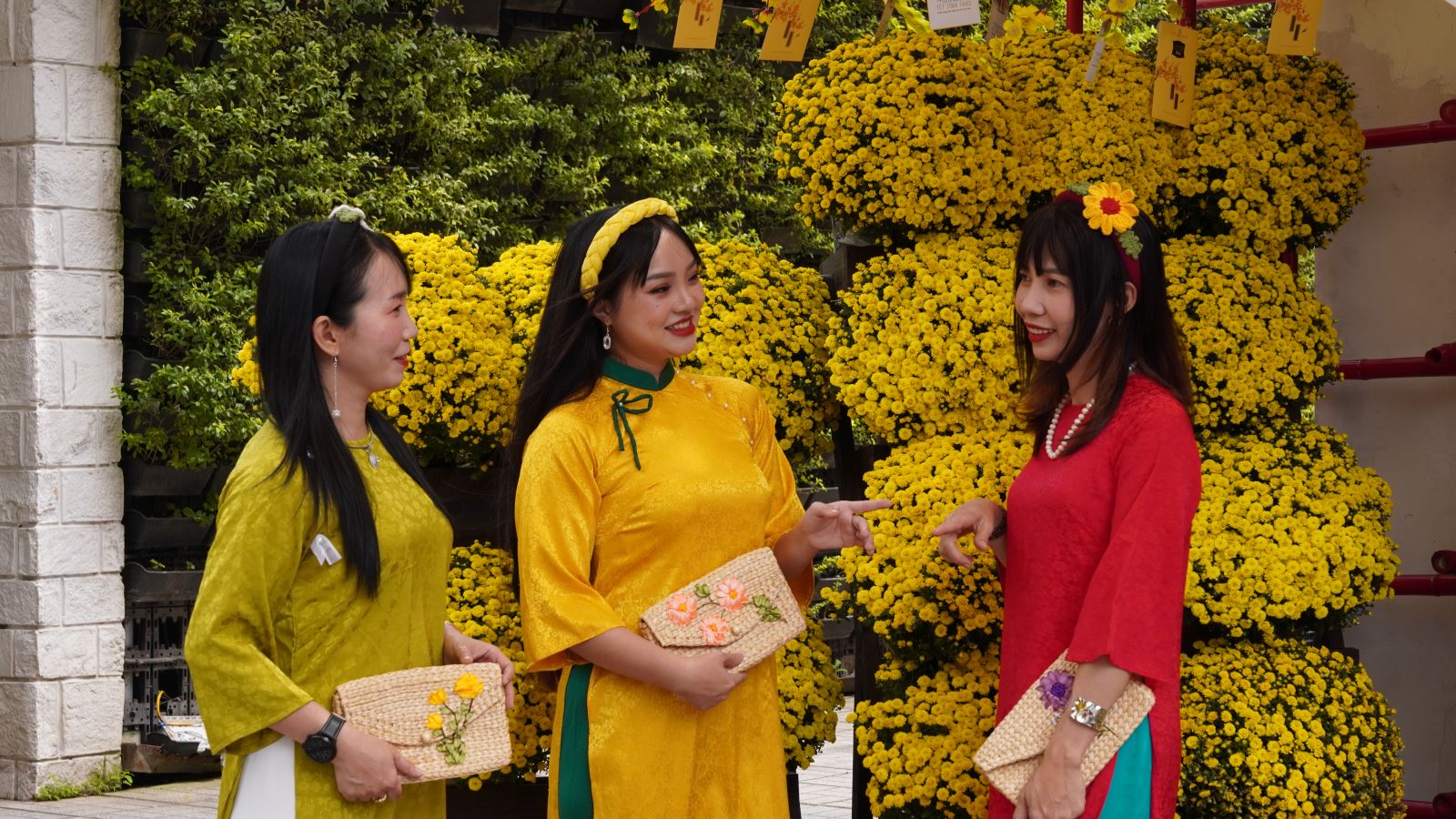


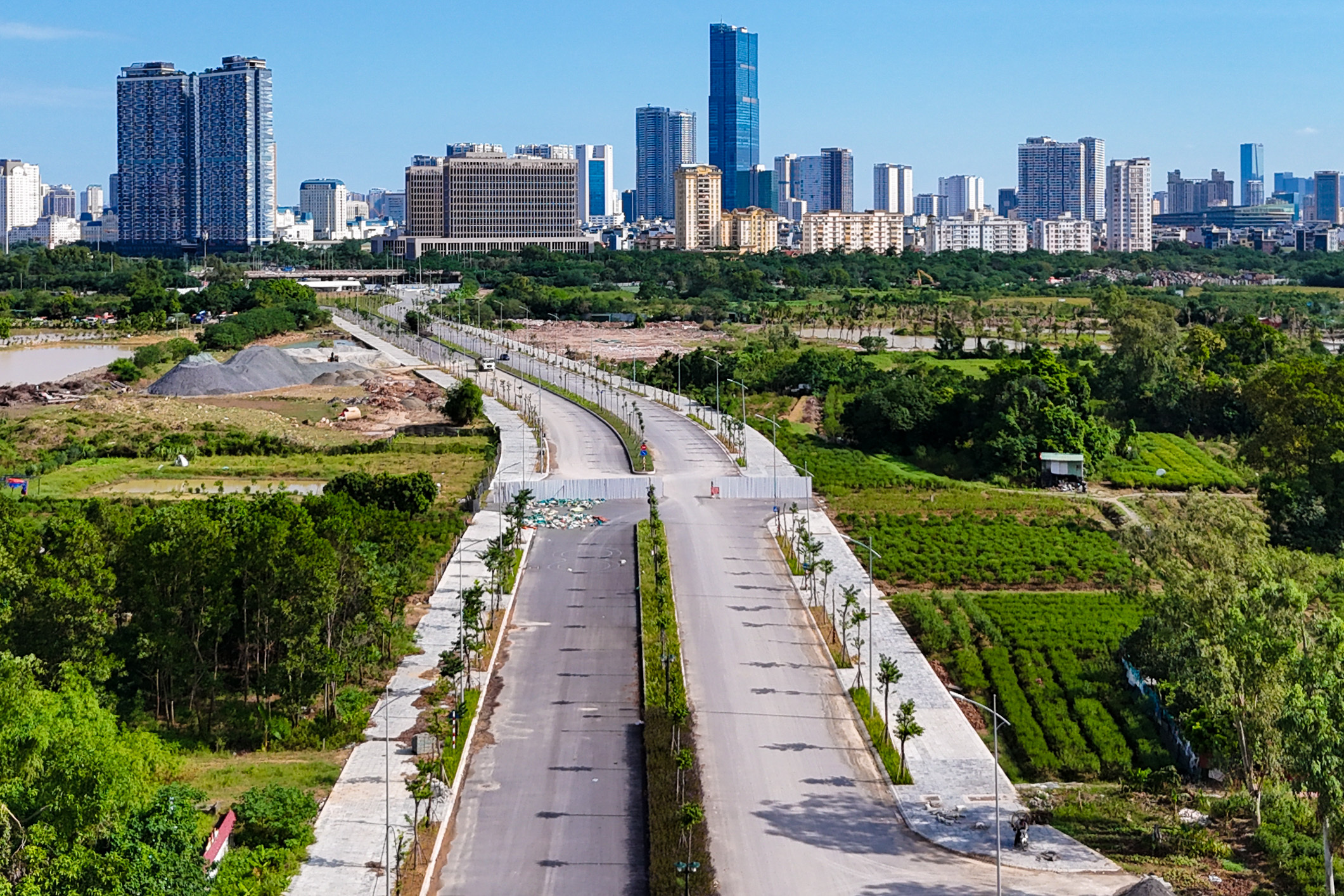
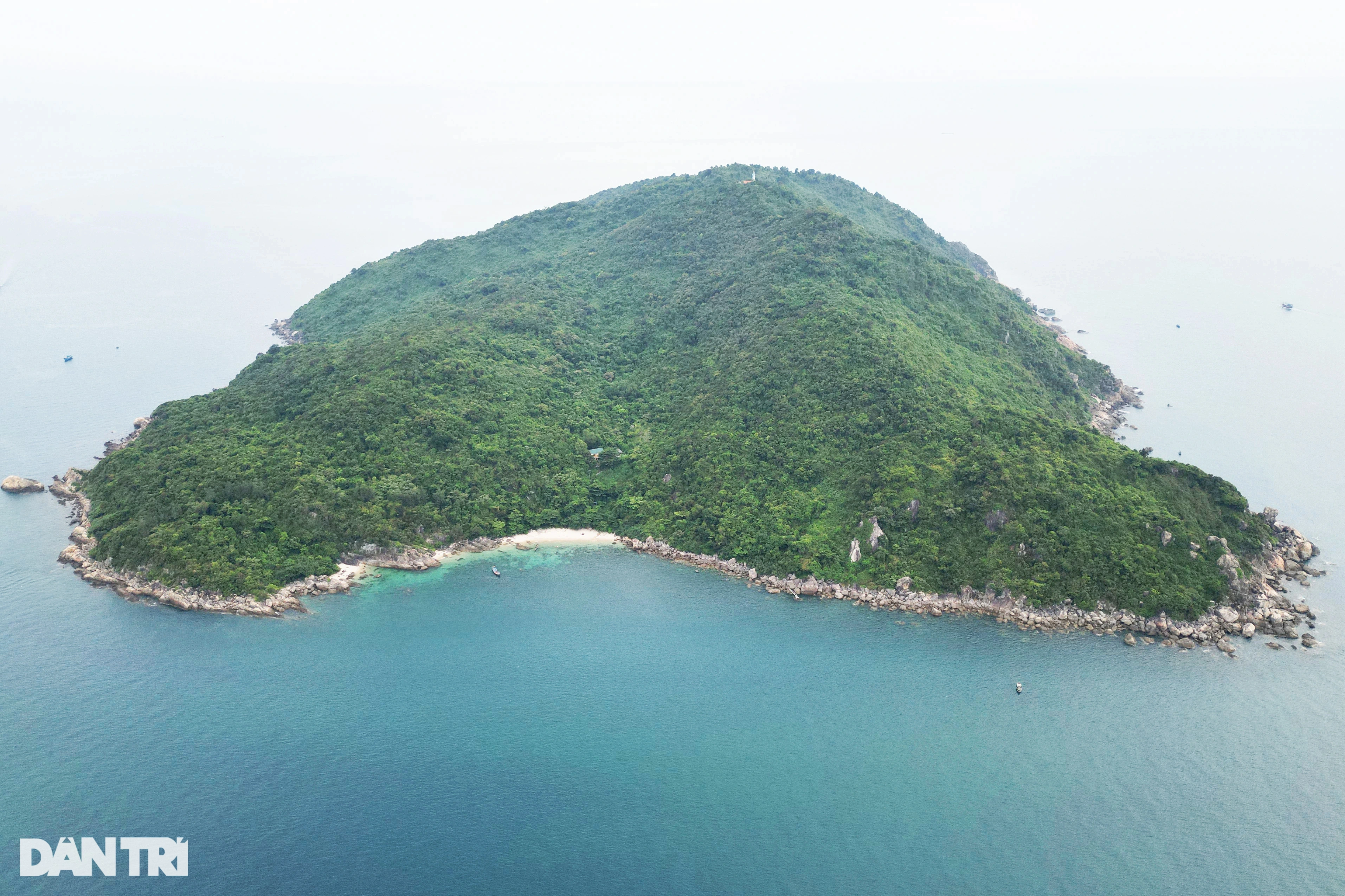

![[Photo] General Secretary To Lam chairs the Standing Meeting of the Central Steering Committee on preventing and combating corruption, waste and negativity](https://vstatic.vietnam.vn/vietnam/resource/IMAGE/2025/3/25/839ea9ed0cd8400a8ba1c1ce0728b2be)
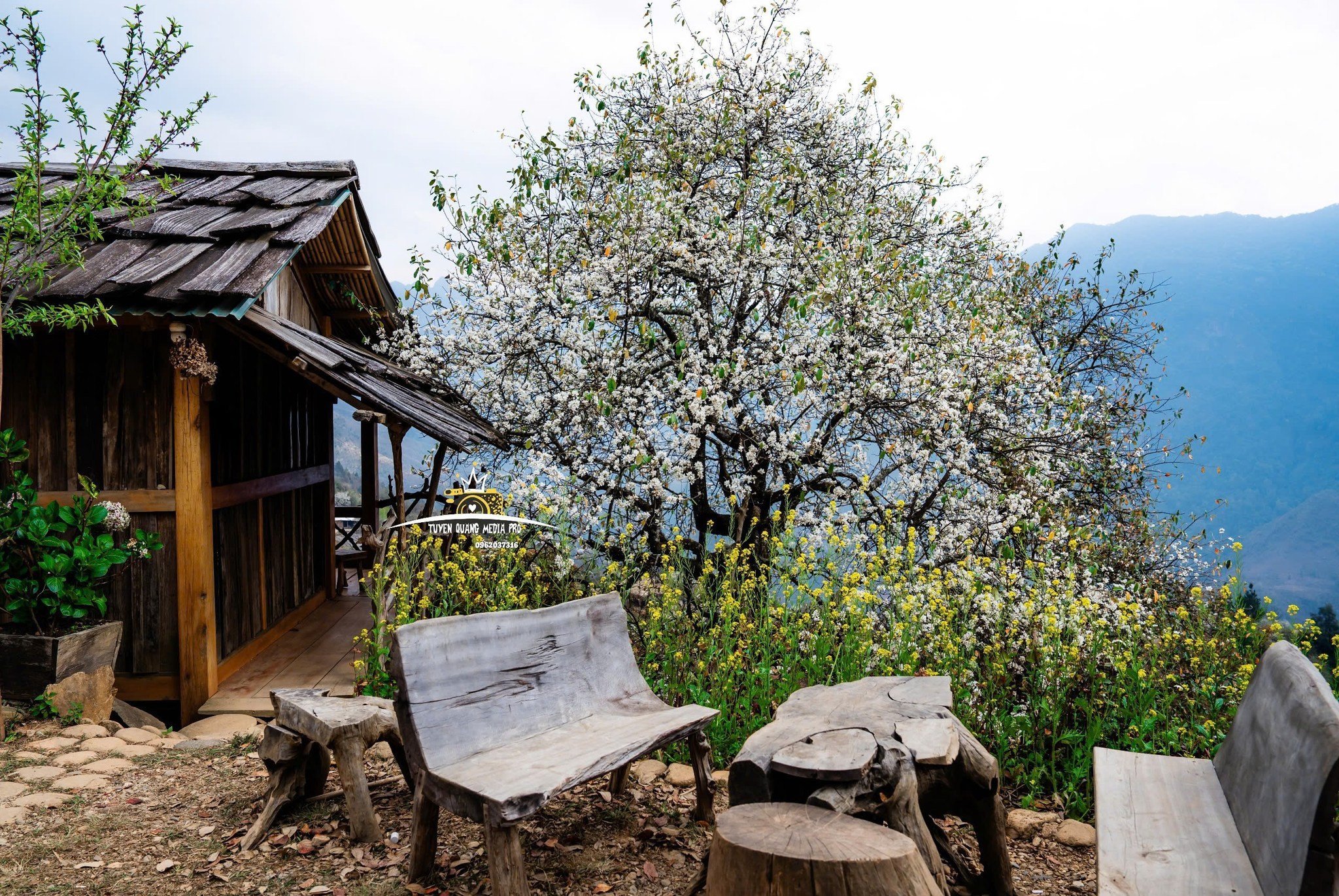

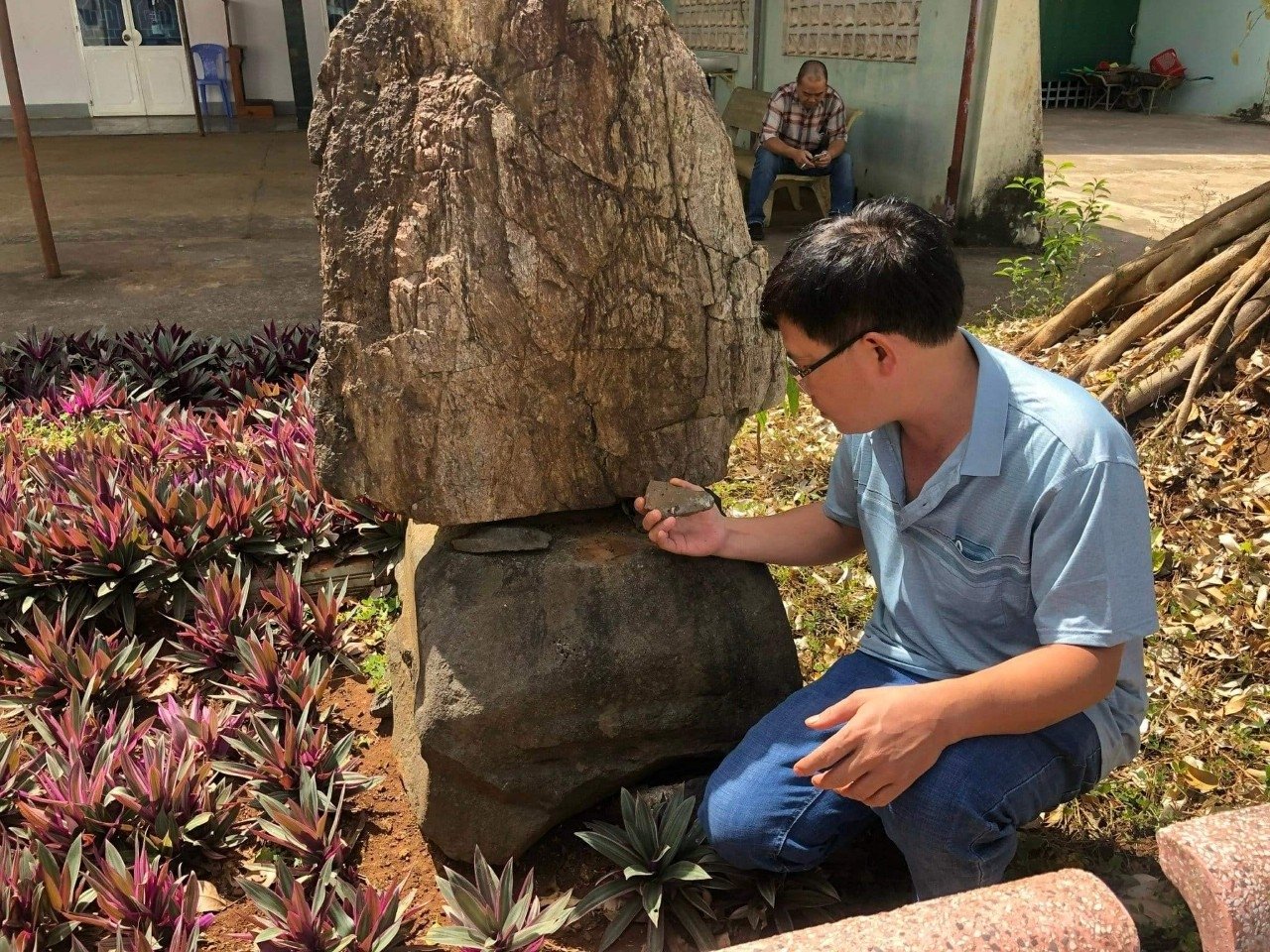

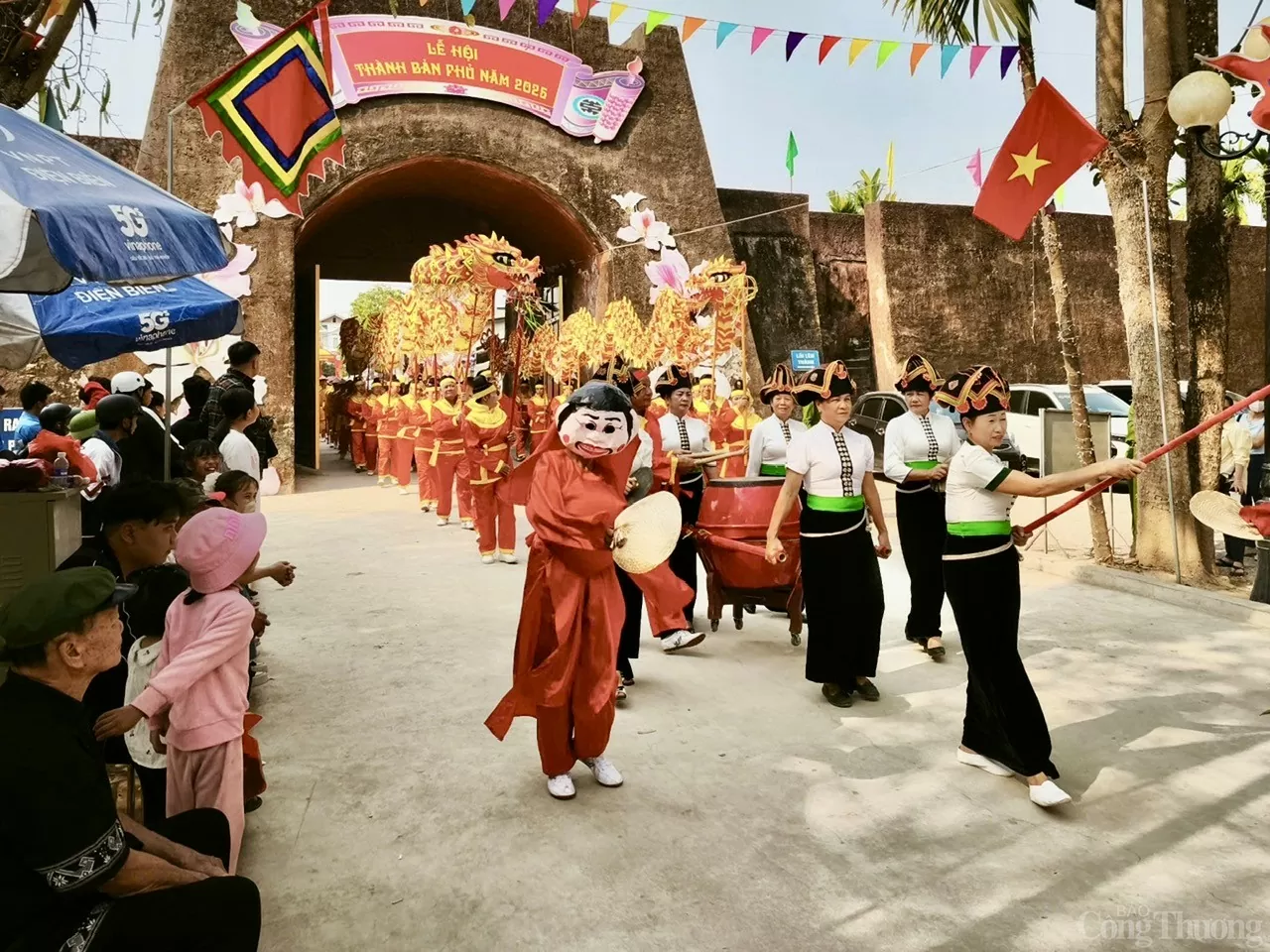

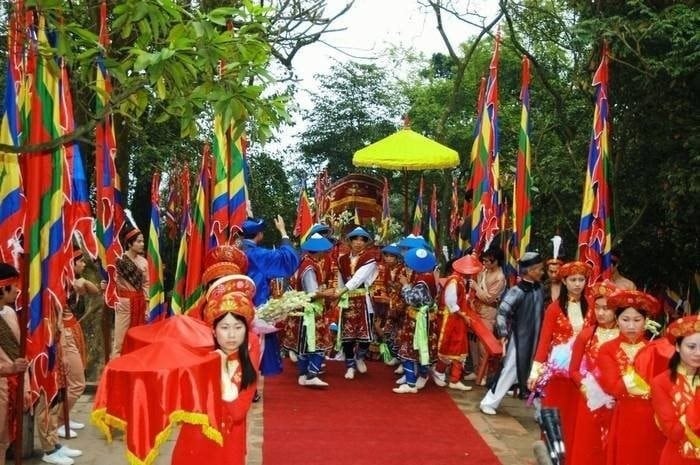

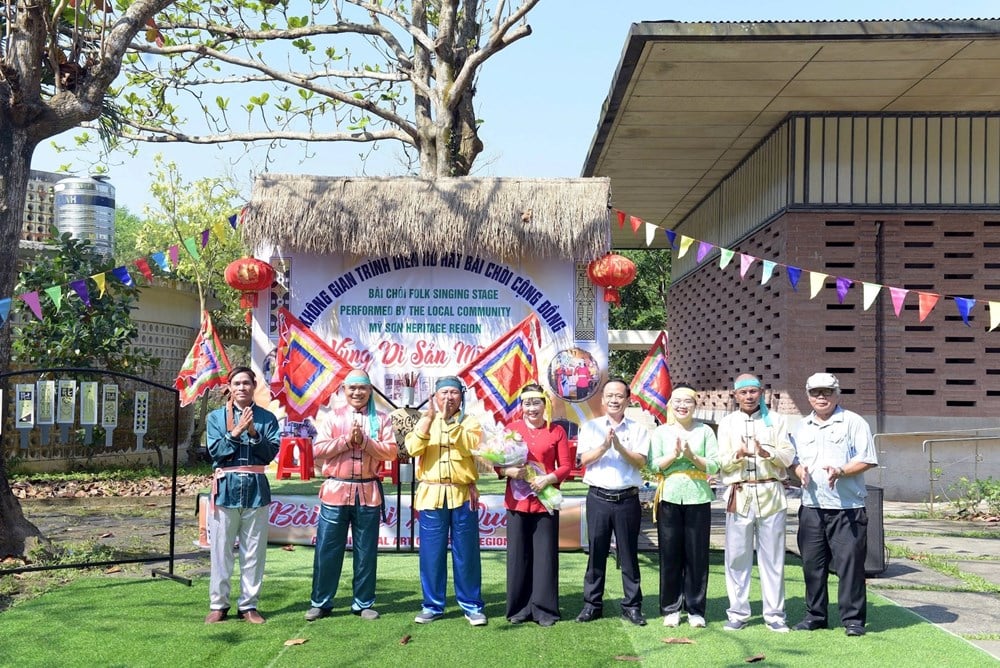



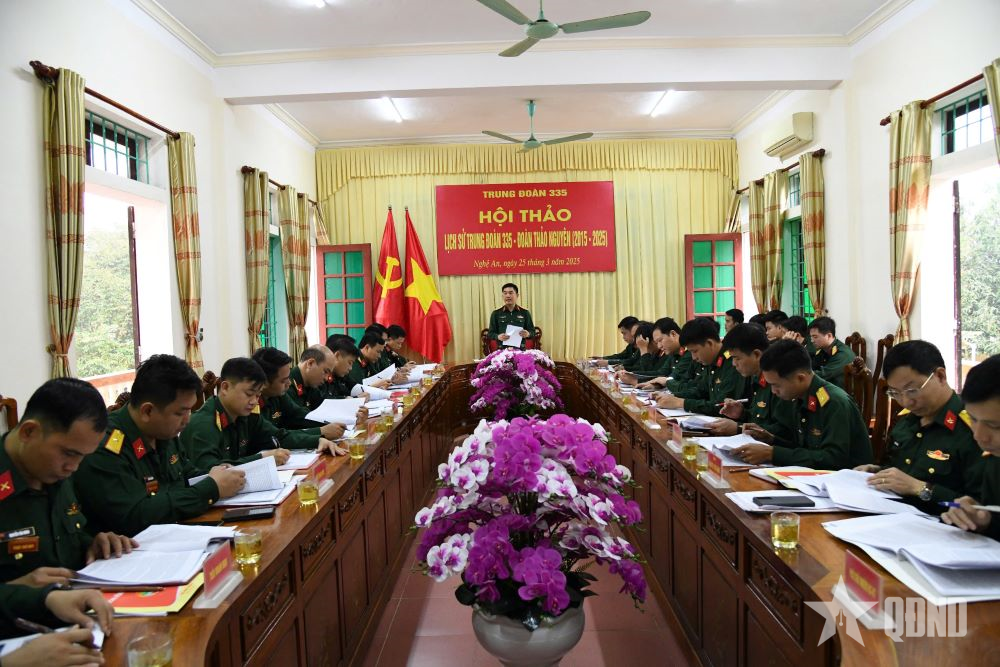


















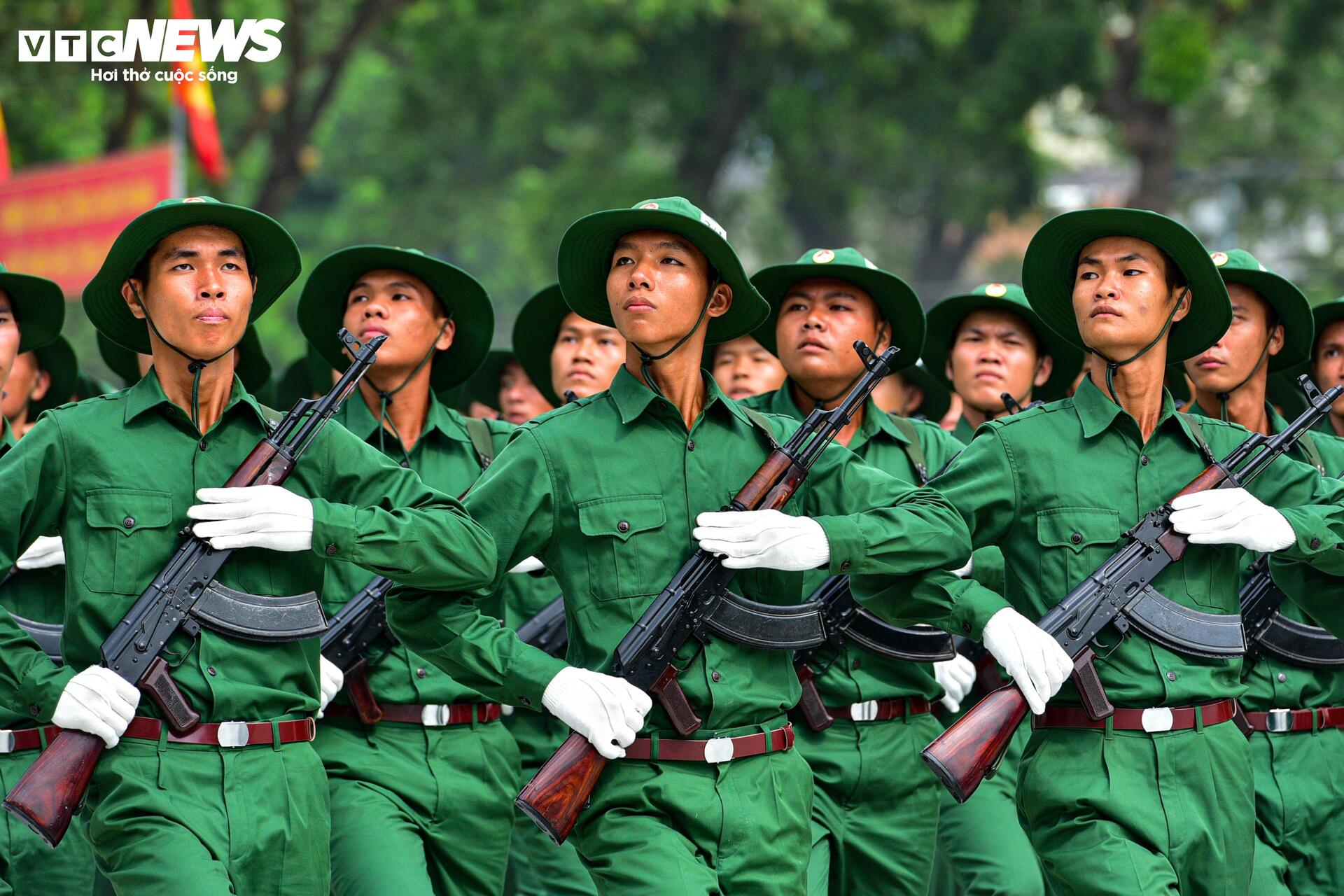





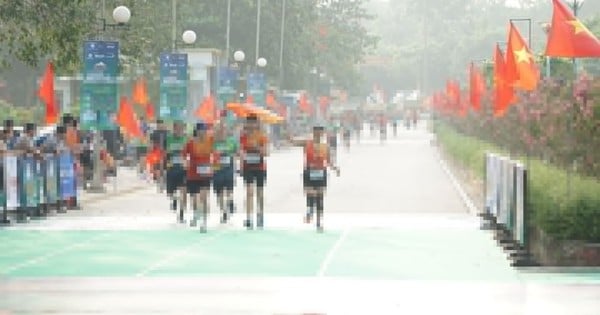





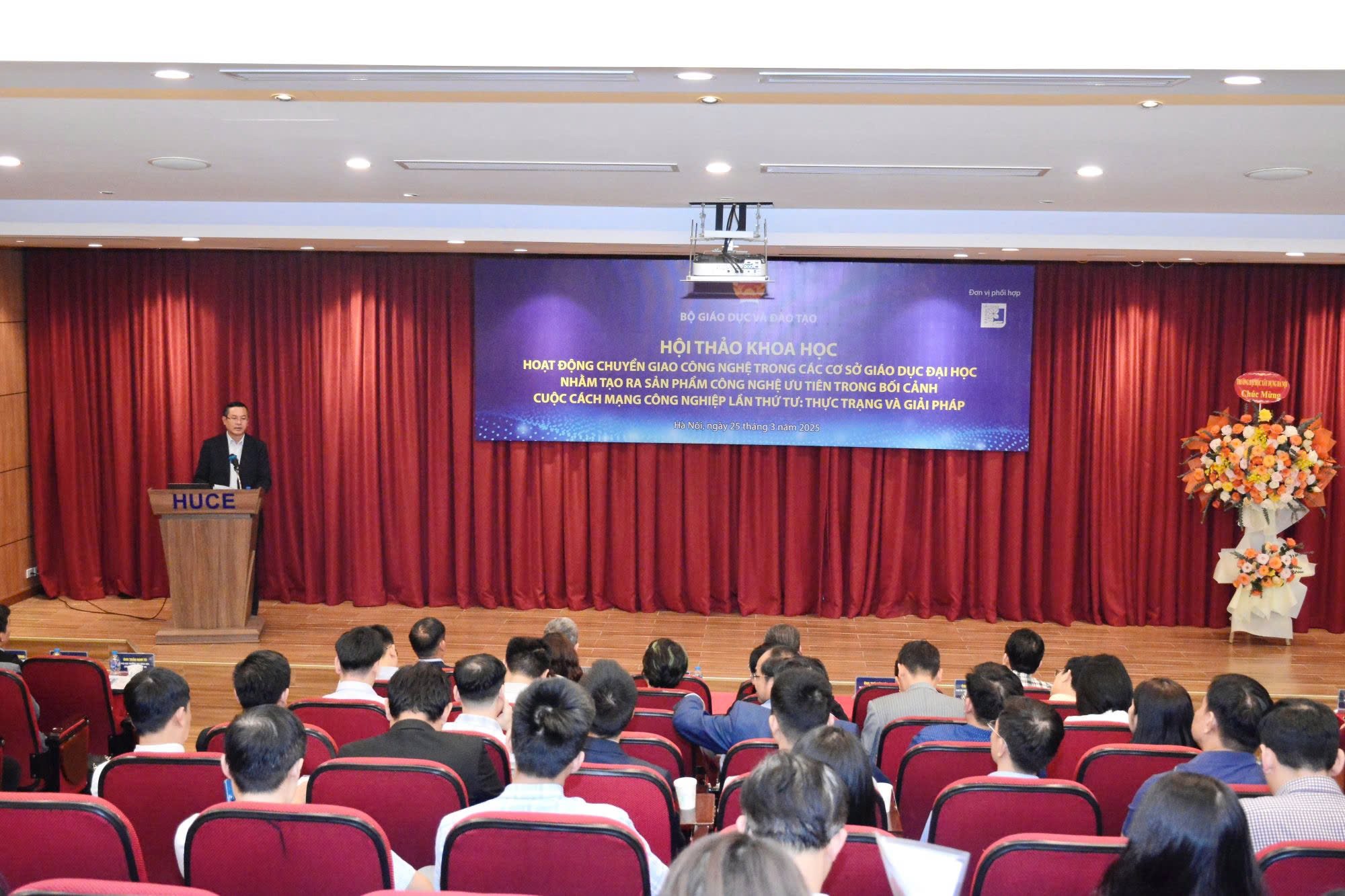
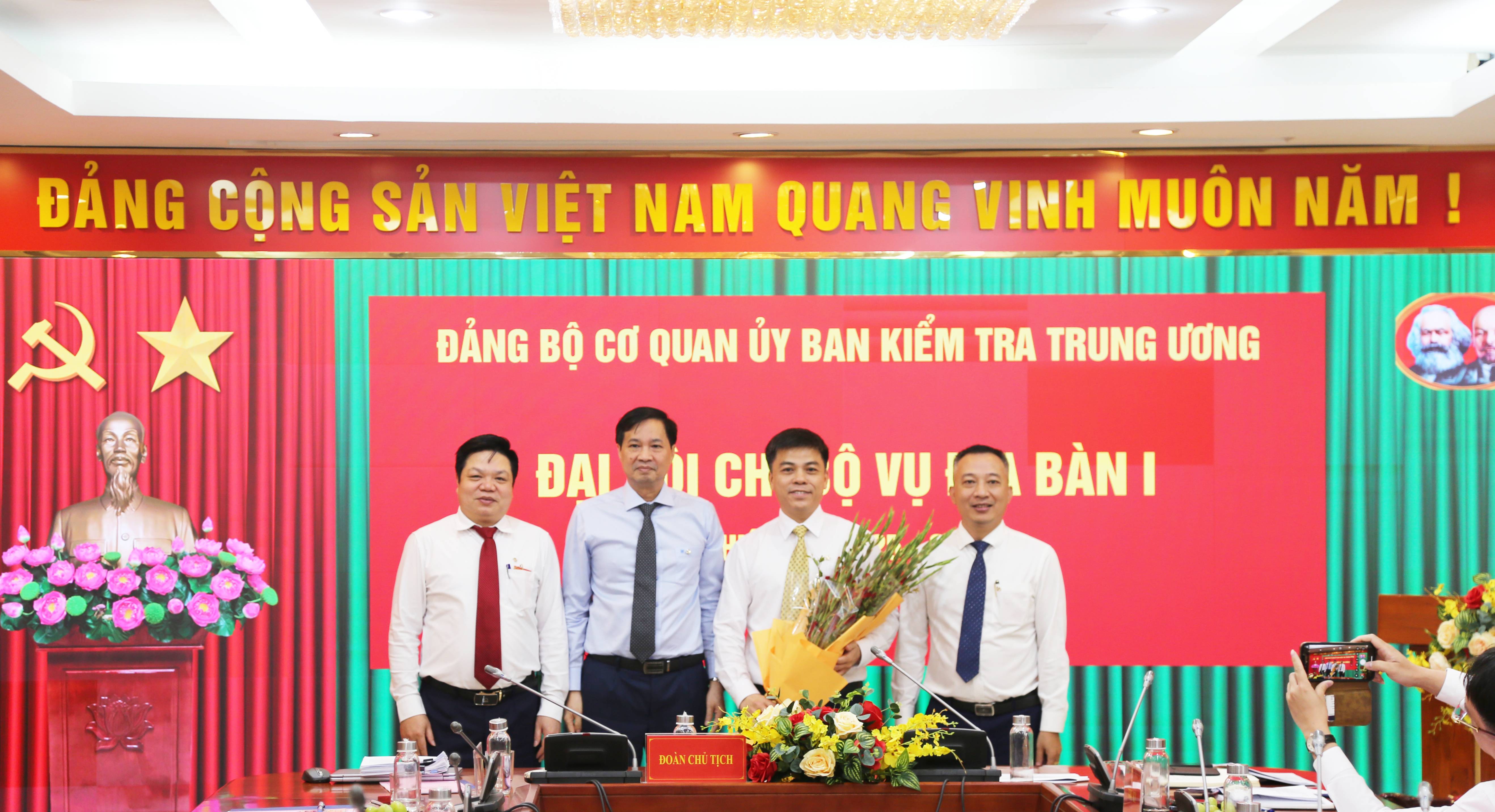

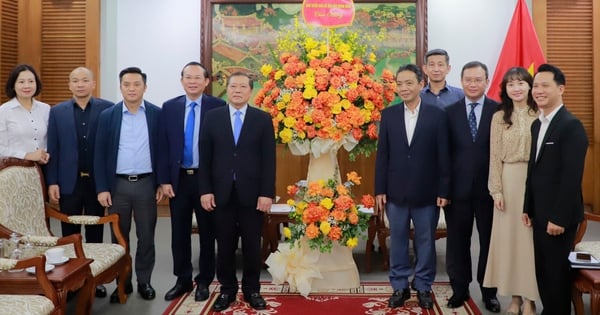

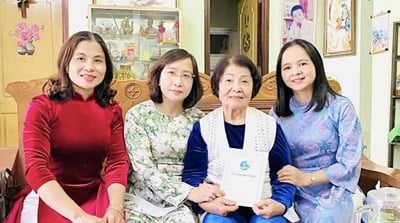
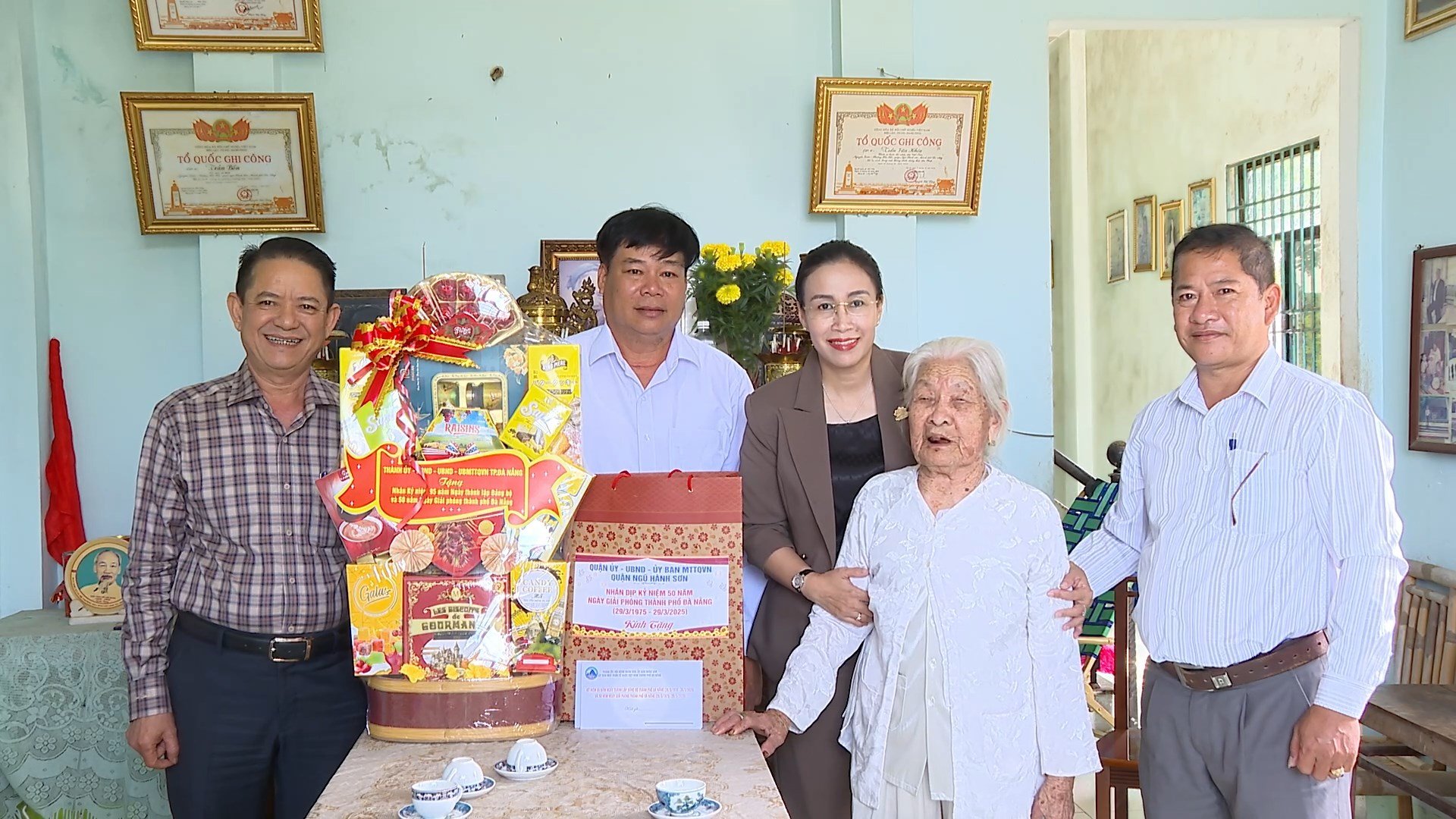
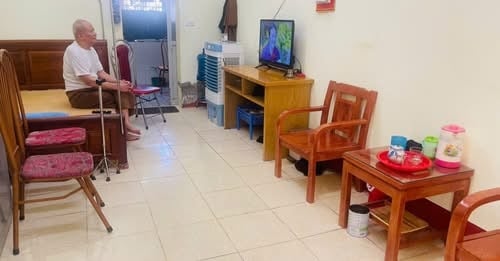


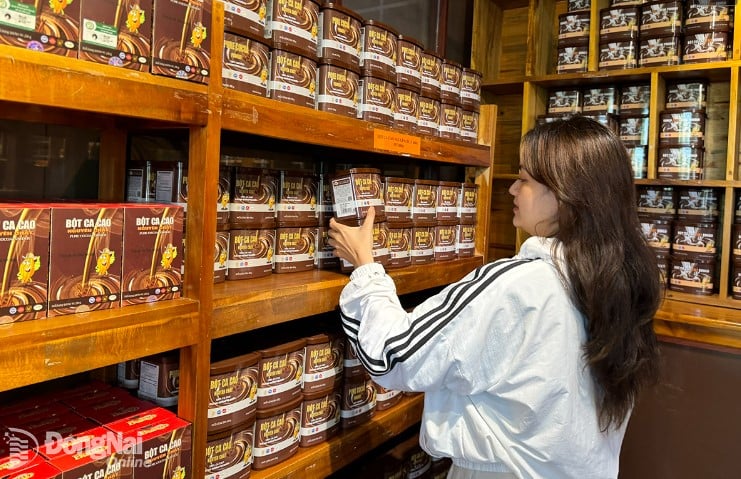
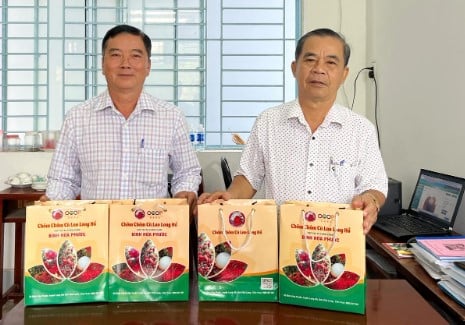





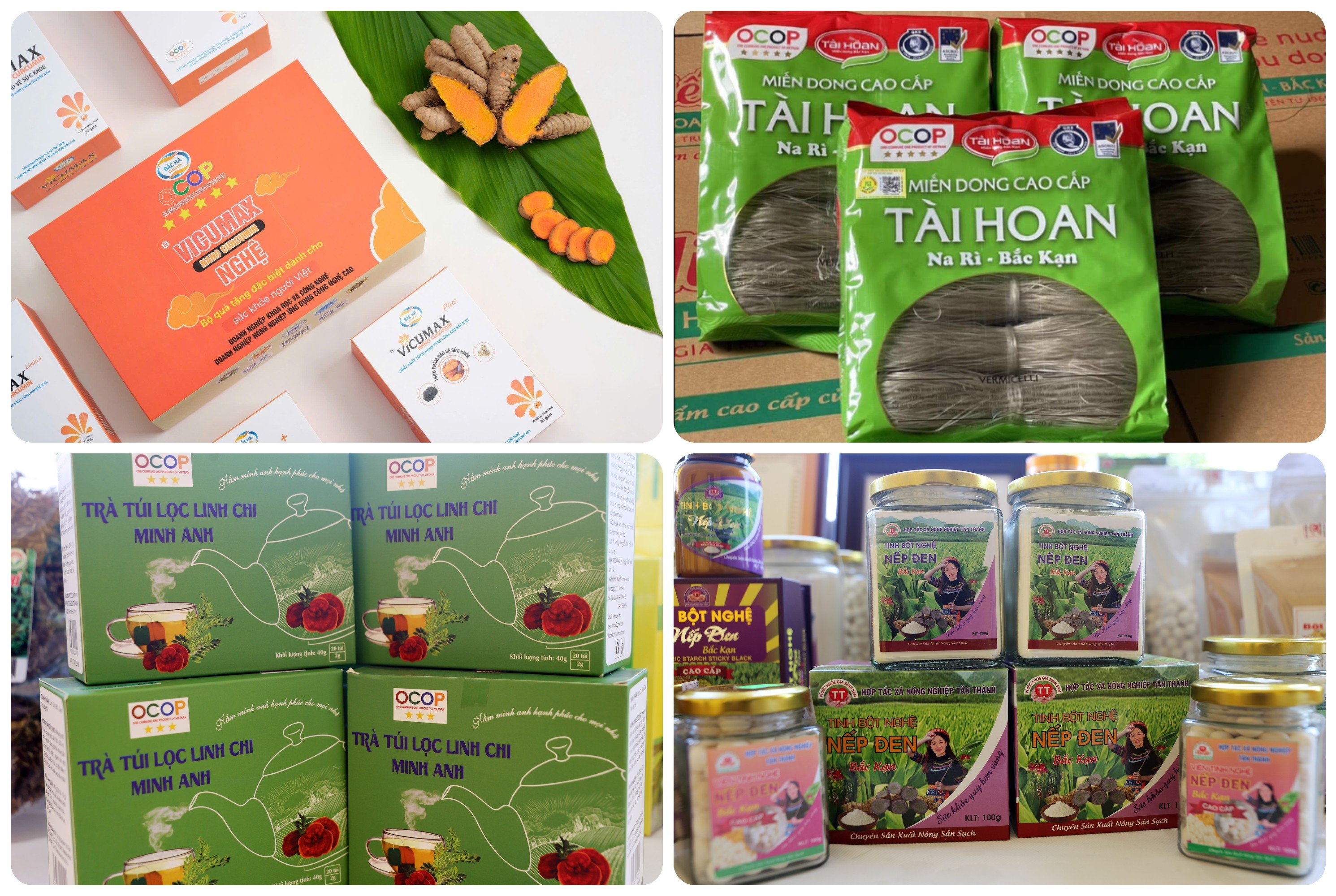
Comment (0)